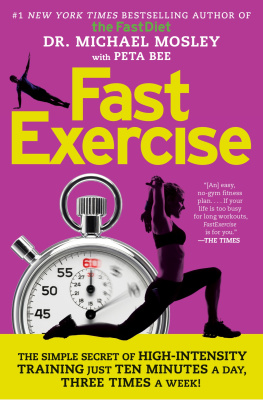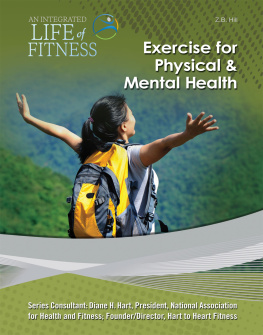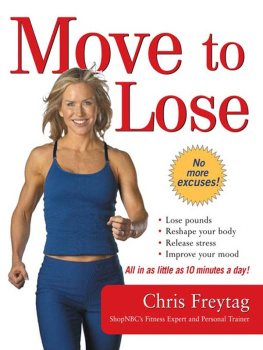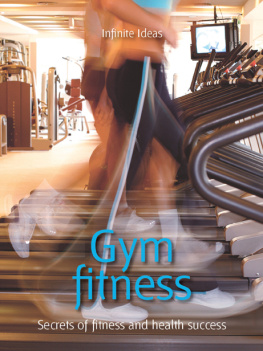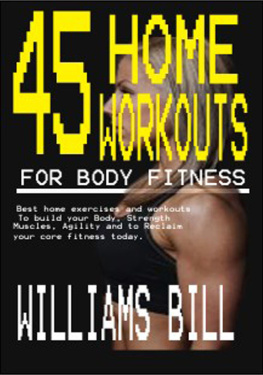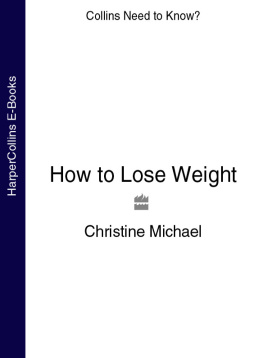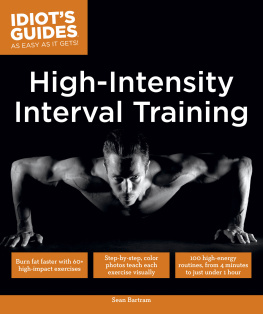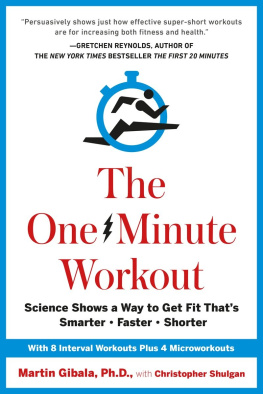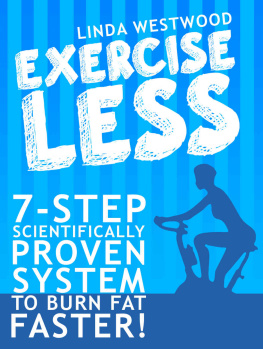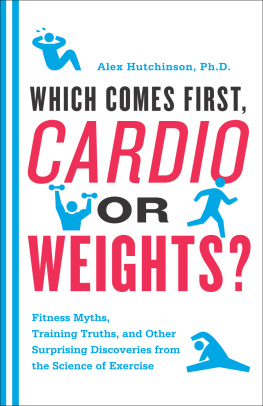The biggest diet revolution since the Atkins.
I think I might just be part of a health revolution.
The Fast Diet is ideal for those of us who can just about manage to be good, but lack the long distance rigour of saints.
The TV diet that works.
Amazing The only diet youll ever need.
Fasting two days in seven isnt so hard, unlike the diets that need steely resolve 24/7.
2013s hottest regime.
Over the last couple of years Ive noted a remarkable transformation in Dr Michael Mosley. Gone is the middle-aged spread I saw when we first met and in its place are super-efficient muscles, doing a good job of rapidly clearing away the high levels of sugar and fat that used to hang around in his arteries after each meal. I flatter myself that at least part of this transformation stems from our work together, in 2011, on a documentary for which we put Michael through his paces in our lab and introduced him to high intensity training (or HIT for short).
Michael was at that time searching for solutions to combat his family history of Type 2 diabetes solutions which he knew would include exercise, but ideally in a form that was as brief and effective as possible. The reason we met was because my team in Edinburgh had recently completed a study, demonstrating that just a few minutes of high intensity cycling a week could dramatically improve your diabetes risk factors.
This sounds, on the surface, like an absurd claim. We know that to get the benefits of exercise, like aerobic and metabolic fitness, you have to put in the hours. But is that really true?
When I was 12 years old I ran my first half-marathon in Renfrew, Scotland. Over the following 10 years I must have run over 20,000 miles, and also completed many hours of gym training. I did so because this is what science told us was required to improve aerobic performance.
Even before starting at Glasgow University (to become a dentist, of all things), I was an avid reader of exercise science books. During my intercalated degree studies, which focused on exercise physiology, I began to realise that much of the classic exercise science carried out only by athletes or small numbers of super-healthy Scandinavians was not a reliable guide to how exercise modifies health and physiology in the general public.
My first introduction to HIT was not, however, in a lecture theatre but on the track. Early in the track season my coach, John Toner, had me doing sets of 3 x 200m with 3 minutes of recovery and not much more. This was not normal training for a distance runner, but it at least had the virtue of being quick. I was intrigued.
During my last year at Glasgow, I decided to carry out a training intervention study as my honours project. Working with the youth team at our athletics club, we put them through 10 weeks of high intensity interval training and found improvements in performance and efficiency way beyond what was achieved through regular endurance training. Just after graduating, I presented my findings at my first scientific conference, organised by McMaster University, fittingly enough where modern cycle-based HIT was born.
Since then I have spent 20 years working on human physiology, exercise and genomics, trying to explain the links between exercise and health. For the past 10 years, at our university laboratories in the UK, in Scandinavia and with colleagues in Canada, we have put hundreds of volunteers through different forms of HIT. Medical tests have shown that just a few minutes of HIT, done 3 times a week, can deliver improvements in line with the benefits youd get from doing many hours of conventional exercise.
Importantly, these findings have come out of independent studies done in several countries notably by professors Martin Gibala at McMaster University in Canada, Niels Vollaard at the University of Bath and Ulrik Wisloff in Norway.
One of the reasons we do this research is because we are interested in time. Or rather the lack of it. We all know there are good reasons for doing exercise. As well as improving fitness, there are long-term health benefits in reducing risk factors associated with cancer, diabetes and cardiovascular disease.
But we also know that following conventional exercise recommendations involves time and effort. Critically lack of time is the most common reason people give for not doing any organised physical activity.
I believe that we have now produced sufficient data to be able to recommend short bursts of high intensity exercise as a safe and effective alternative to conventional workouts, removing the time barrier as an excuse for not exercising. This will hopefully boost compliance and help people to take up an approach that will lead to a healthier way of life. The great thing about HIT is that it can be done in the workplace or at home without pre-planning or missing an episode of your favourite TV show.
I also believe that when it comes to advances in exercise science, we have only begun to scratch the surface, that our increased understanding of genomics and metabolomics will soon help us tailor or personalise life-style advice.
Once upon a time we assumed that everyone got roughly the same benefit from exercise and that if people didnt it was because they were slacking. Today we know that the way each person responds to exercise is unique and we can use genomic testing to help personalise goal setting.
By early 2013 nearly a million people in the USA had already signed up for full genome-scans with the hope of understanding their health better and avoiding the risk factors most relevant to their genes. Tailored advice is better advice and better advice should reduce chronic disease, ultimately reducing pressure on our public health services. By combining simple solutions like HIT with hi-tech solutions like DNA profiling we hope to pinpoint the optimal exercise protocol to help control the risk factors most relevant to each individual and not some abstract population average.
Doing the science is critical. But without translation of this science into a useful and practical guide, one that can be used by anyone, our science fails to make an impact.
I recommend Fast Exercise because it is an up-to-date account of the latest studies but one which also demystifies some quite complex science, opening eyes to how easily an exercise regime can fit into a daily routine.
Following Michael and Petas advice, and our science, should help you reduce your risk of various chronic diseases and, who knows, you may even find yourself enjoying a workout for the first time!
Professor Jamie Timmons PhD, UK
December 2013
As a medically trained journalist I frequently come across claims that seem too good to be true and often are. Occasionally, after digging around, I reconsider my original position, acknowledge that what might appear at first to be outrageous could have something in it. As the economist John Maynard Keynes once said, When the facts change, I change my mind.
This happened to me when, in early 2012, I first heard about intermittent fasting. My initial reaction was scepticism. I assumed it would turn out to be some variation on detoxing or other largely discredited views of how the body works. Nonetheless I decided to find out more as Id recently discovered that I was a borderline diabetic with too much visceral fat (the fat that lies inside your abdomen). My father had died from a diabetes-related illness and I could see myself going down the same road.


